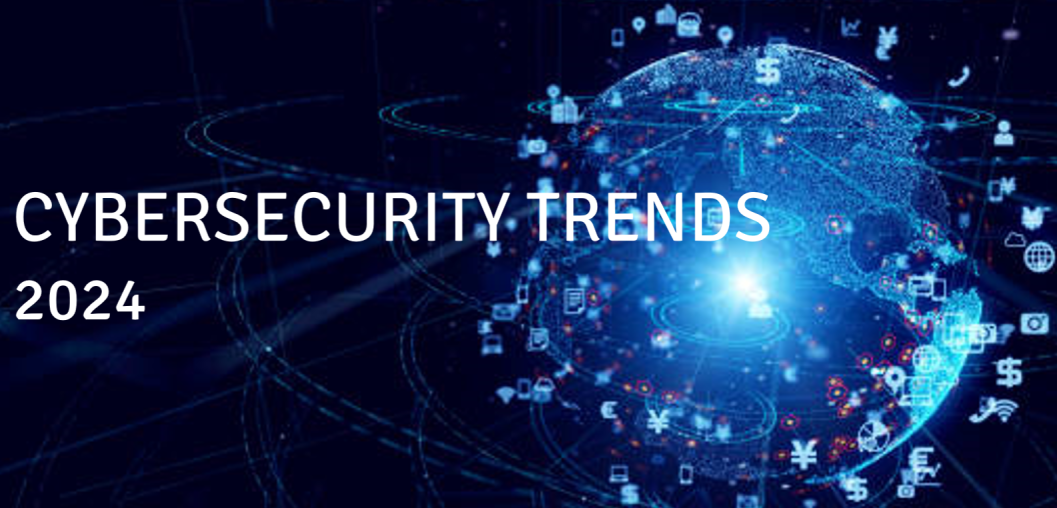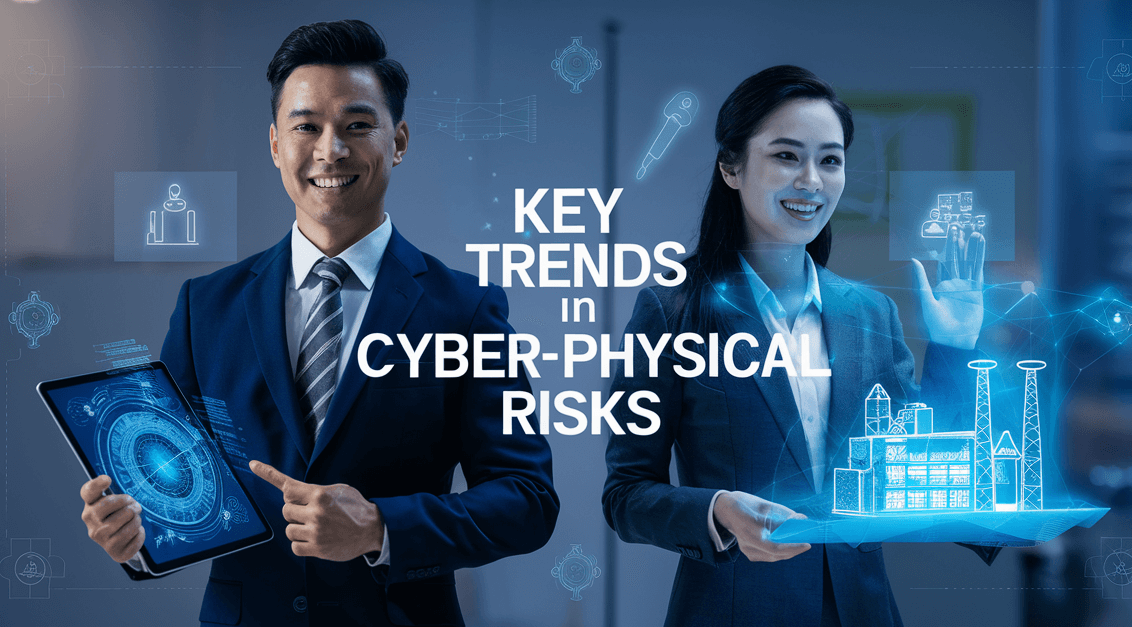The Internet of Things (IoT) can be defined as a big network of physical devices. It comes with sensors, software, and other technologies. All these connect and share data over the internet. These devices are our everyday objects, like smart speakers and thermostats, or they can be industrial machines and complex medical equipment. Basically, anything with an internet connection that also has the ability to collect and transmit data can be part of the IoT. Devices can talk to each other and central systems, which helps with automation, using data for insights, and controlling things from far away.
IoT has brought us a lot of benefits. But it has also given rise to security challenges because there are many ways for attackers to target and exploit our data and information on connected devices. The era of slow dial-up internet and annoying pop-up ads is gone. Now, the digital world is like a busy city. It is full of both opportunities and dangers. As technology advances, new cyber threats also emerge at a rapid speed. Therefore, we need to stay alert and adapt Sea Unity measures to protect our information from attackers.

Jump ahead to
The Emerging Cybersecurity Trending Topics and Their Security Risks in 2024:
Our digital landscape is constantly evolving. It has made a lot of advancements at a rapid pace. We have been introduced to various new technologies. These have not only made our lives easy but have also given rise to cyber threats and cyberattacks. This advancement in technology is responsible for introducing us to novel security challenges. Here’s a peek at some of the emerging key technologies and cybersecurity trending topics in 2024:
The Internet of Things (IoT)
Billions of devices, software, industrial sensors, and medical equipment are all connected to each other and share all the information and data over the Internet; this is the essence of IoT. We cannot deny the fact that it has provided us with convenience and automation. But the fact that all these are interconnected open gates for the attackers to exploit our information or data.
Key security risk factors:
- There are many IoT devices that have weak passwords, or, as we can say, are easy to crack. With this, it is easy for the hacker to target them easily, as there are no robust security features.
- We share a lot of information with these interconnected devices over the internet. which we can say that all of our private and sensitive information is all over the internet. Which makes the information vulnerable to misuse.
- IoT devices that have been hacked can be used to make botnets. These botnets are big networks of compromised devices. They can be used for spam campaigns, or stealing data.
5G Technology
5G offers much faster mobile technology along with the internet. With lower delays and more capacity. It’s essential to recognize the security risks that come with its potential. As more and more devices are connected to the internet, this gives hackers more chances to take advantage of weak and unsecured data. Now imagine millions of phones, sensors, and smart devices sharing data very quickly—all possible ways for attackers to get in.
Key security risk factors:
- Attackers are constantly innovating, and 5G introduces new attack vectors to explore. Attackers are likely to figure out new methods to target these complex networks and compromise the new ecosystem.
- It is likely that we will see more advancement in technology with the introduction of 5G. With this, the reliance on mobile devices will increase, which will result in robust security measures.
Cloud Security
Cloud computing has made a lot of advancements in this world of technology. It revolutionized how businesses operate, the allocation of resources, and cost effectiveness. Cloud computing can be referred to as a platform to share, edit, or delete data or information with the use of a single platform. As cloud computing has made most of our daily tasks easy, it has also increased concerns for organizational security mitigation.
Key security risk factors:
- Cloud settings that are improperly configured lead to the exposure of sensitive and private data. This grants the hackers easy access to information.
- Organizations that use cloud computing could experience a lack of visibility and control over the data.
- There can be changes when some insider with access to the whole information and data can be behind the exploitation of the data.
Quantum Computing
Quantum computing delivers the magic of seemingly doing things that are impossible with traditional processing by exploiting the strange laws of quantum mechanics—and it also comes with significant security risks that need attention. The technology holds the potential to perform complex and intensive calculations millions of times faster than current computers. It does this by using quantum bits (qubits) to solve certain problems that are impossible for traditional computers.
Key security risk factors:
- Current encryption is based in part on the presumed difficulty of factoring large numbers, a problem that is trivial for a sufficiently large quantum computer. It would no longer matter if a future quantum computer was directly reading your transactions and messages.
- There’s the possibility that quantum computing will expose “new, unanticipated vulnerabilities,” IBM said. As with normal computing, you could solve some problems with a quantum technique or algorithm that has unforeseen consequences in another area.
- If nothing else, quantum computing will “require new cryptographic algorithms to protect data,” IBM said. The company is quick to note that technology like the quantum internet and separating real quantum machines from classical ones will require cooperation with the rest of the industry, so don’t panic if you’re a fan of a rival’s hardware.
Conclusion
The cybersecurity landscape in 2024 is even more vibrant with innovation and a growing threat landscape. From the vast reach of the Internet of Things (IoT) to the growing power of quantum computing, our strides forward need vigilance and continued proactive measures. CISSP professionals are highly skilled at managing such attacks. They portray their expertise in easily navigating through advanced risks that pose as a threat to the cybersecurity measures instilled within an organization(for indepth understanding professionals take Cybersecurity Risk Management Training). There is a saying that goes, “Security isn’t a destination, it’s a journey,” which now feels true. There’s massive potential and growth ahead, but we need to collectively do our part. Embrace innovation responsibly, make security a priority, and foster an engaged culture to build a more secure and resilient digital world for everyone.



